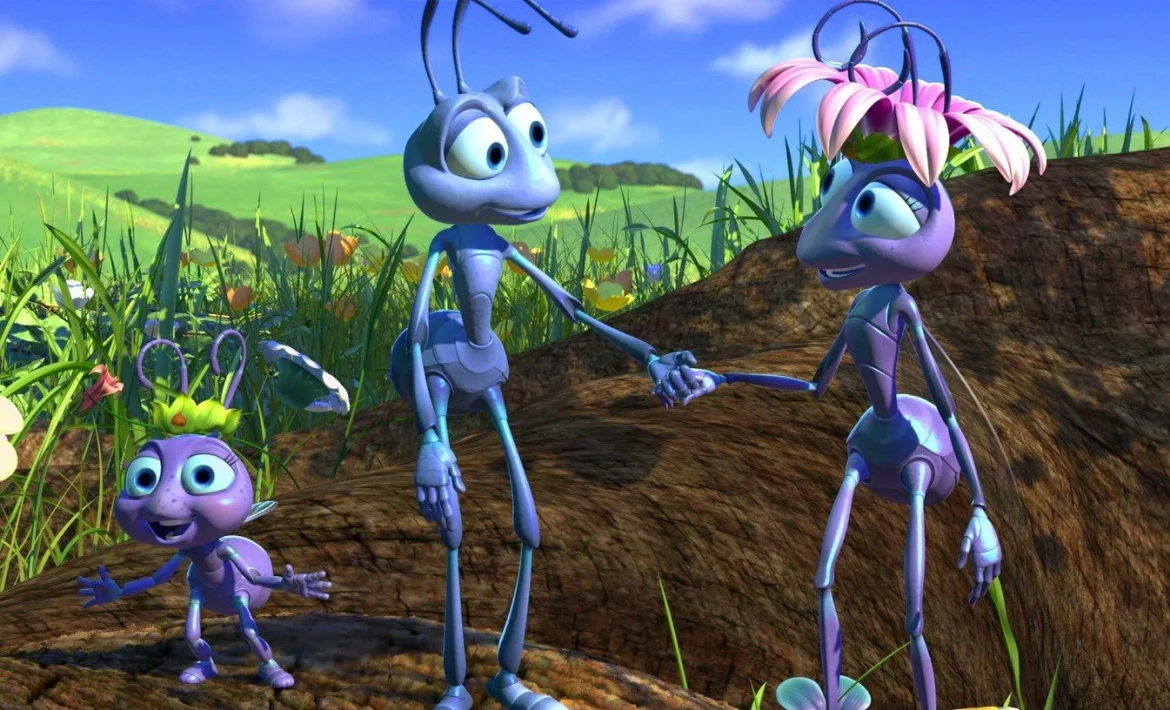In the world of animated films, “A Bug’s Life” stands out as a groundbreaking work. But what if someone tried to create a real-life version of this beloved story? Filming a real bug’s life would be a monumental task, involving innovative technology, creative cinematography, and an understanding of entomology. This article explores the process of capturing the intricate world of insects on film, turning a seemingly impossible idea into reality.
Chapter 1: The Conceptualization Phase
The Inspiration Behind the Idea
The fascination with insects and their intricate lives has long captivated scientists and filmmakers alike. Drawing inspiration from animated films and documentaries, the idea to film a real bug’s life emerged from a desire to showcase the unseen world of insects.
Planning and Research
Extensive research is crucial. Understanding insect behavior, habitats, and lifecycles is essential for accurate and compelling storytelling. Collaborations with entomologists and biologists provide invaluable insights.
Chapter 2: Technological Innovations
Micro-Cinematography
Filming insects requires specialized equipment. Micro-cinematography involves using high-resolution cameras with powerful macro lenses to capture minute details. These cameras can focus on subjects as small as a grain of rice.
Time-Lapse Photography
Insects often move too quickly or too slowly for real-time filming. Time-lapse photography helps capture processes like metamorphosis, nest-building, and foraging, which unfold over hours, days, or even weeks.
Drone Technology
For aerial shots of insect colonies and swarms, drones equipped with micro-cameras provide a bird’s-eye view. This technology offers unique perspectives that are otherwise impossible to achieve.
see also: When Was A Bug’s Life Made?
Chapter 3: Cinematic Techniques
Set Design and Miniature Environments
Creating realistic sets that mimic natural habitats is crucial. Miniature environments, complete with plants, soil, and water sources, provide a controlled setting for filming.
Lighting and Sound
Proper lighting is essential for clear footage. Macro lighting techniques, such as ring lights and diffused illumination, reduce shadows and highlight details. Sound recording involves capturing natural insect sounds and ambient noise to enhance the immersive experience.
Chapter 4: Challenges and Solutions
Ethical Considerations
Filming insects raises ethical questions. Ensuring the welfare of the insects is paramount. Non-invasive techniques and habitats that mimic natural conditions help minimize stress and harm.
Technical Obstacles
Technical challenges include maintaining focus on moving subjects, dealing with extreme close-ups, and managing environmental variables like temperature and humidity.
Chapter 5: Post-Production Magic
Editing and Visual Effects
Editing transforms raw footage into a coherent narrative. Visual effects, such as CGI enhancements, help create realistic depictions of insect activities that are difficult to capture live.
Sound Design
Sound design involves layering recorded insect sounds with artificial effects to create a rich auditory experience. This process enhances the storytelling by providing context and atmosphere.
Chapter 6: Case Studies
Successful Insect Documentaries
Analyzing successful insect documentaries provides insights into effective techniques and storytelling methods. Films like “Microcosmos” and “Life in the Undergrowth” serve as benchmarks for quality and creativity.
Behind the Scenes
Behind-the-scenes footage offers a glimpse into the challenges and triumphs of filming a real bug’s life. Interviews with filmmakers and crew members shed light on the process and the passion behind the project.
Conclusion
The journey of filming a real bug’s life is a testament to human ingenuity and the desire to explore the natural world. By combining cutting-edge technology with a deep understanding of entomology, filmmakers can create captivating and educational content that brings the hidden world of insects to the forefront. This endeavor not only entertains but also fosters appreciation and awareness of the vital roles insects play in our ecosystem.
FAQS
1. How did they manage to film insects up close?
Filming insects up close required specialized macro lenses, which allowed the camera to capture the intricate details of these tiny creatures. These lenses are capable of focusing on subjects that are just a few centimeters away, revealing the textures and patterns that are normally invisible to the naked eye.
2. Were the insects trained or controlled in any way during filming?
Insects cannot be trained like larger animals, so filmmakers had to rely on natural behaviors or subtle environmental manipulations to guide the insects. For example, they might use temperature changes, light, or food placement to encourage the insects to move in certain directions or exhibit specific behaviors.
3. How did they ensure the safety and well-being of the insects during filming?
The filmmakers took great care to ensure that the insects were not harmed during production. They worked with entomologists to understand the needs and limits of each species, ensuring that the insects were kept in comfortable environments and were not stressed or injured.
4. How long did it take to film a sequence with live insects?
Filming live insects can be a time-consuming process because they do not follow directions and their movements are unpredictable. A single short sequence could take days or even weeks to capture, as the filmmakers had to wait for the perfect moment or repeat the process multiple times to get the desired shot.
5. Did they use any CGI or special effects to enhance the footage?
While the majority of the footage featured real insects, some scenes required the use of CGI or special effects to create specific actions or scenarios that would be difficult or impossible to capture naturally. These enhancements were used sparingly to maintain the authenticity of the film while achieving the filmmakers’ creative vision.

